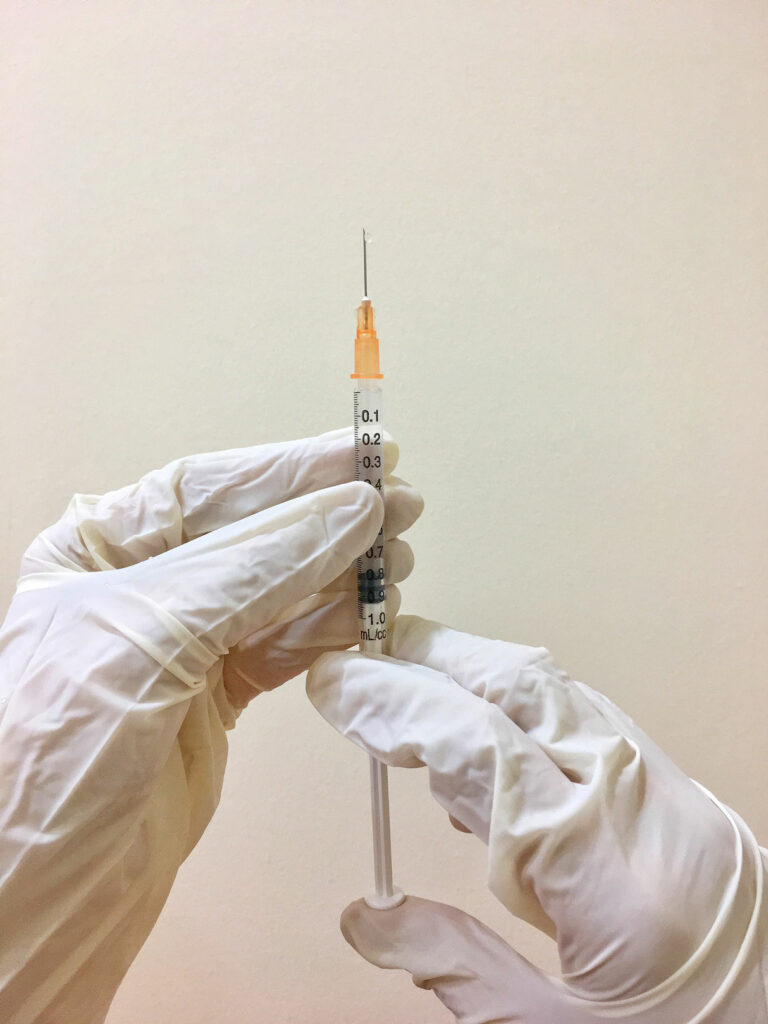What is adrenal insufficiency?
In people who have adrenal insufficiency, the adrenal glands stop working properly and aren’t able to produce hormones which are crucial to keeping our body functioning correctly. Adrenal insufficiency has multiple causes, giving three different types of adrenal insufficiency: primary (adrenal), secondary (pituitary), and tertiary (hypothalamus). The type of adrenal insufficiency (primary, secondary or tertiary) depends on whether the problem lies in the adrenal gland or is due to impairment of the hypothalamus and pituitary gland.
Secondary adrenal insufficiency
Here the problem lies in the pituitary gland. The pituitary is a small pea sized gland in your head that produces a hormone called ACTH that tells your adrenal glands what to do. If the pituitary gland stops sending these hormone signals, the adrenal glands don’t work properly and can’t produce the hormone, cortisol. People with this condition usually still produce aldosterone, meaning they usually have fewer problems with low blood pressure and disturbed salt levels than people with primary Addison’s disease. This is the adrenal insufficiency people with pituitary conditions may experience.
Symptoms
There are a number of signs and symptoms of adrenal insufficiency. You may not experience all of these:
- General tiredness/fatigue for no apparent reason
- Dizziness
- Nausea/bowel disruption
- Loss of appetite and weight loss
- Feeling cold/shivery
- Low blood pressure
- Heaviness/aches/pains especially in legs and lower back
Diagnosis
Diagnosis is made through assessment by your Endocrine team of your general health and well-being. They will also arrange for blood testing of your cortisol response, usually through a Synacthen test. This involves a morning in a day unit to have bloods taken before and after an injection of synthetic ACTH. The results will enable your Consultant to assess if there is any adrenal insufficiency.
Treatment
If adrenal insufficiency is confirmed then you will start treatment with replacement cortisol. This can be in the form of Hydrocortisone tablets, taken in divided doses 2 to 3 times daily or Prednisolone tablets taken once daily. Doses range from 15mg to 25mg daily for Hydrocortisone and 3mg to 5mg for Prednisolone. Some people may take doses that sit outside of these general levels.
Once treatment is started you should always carry an alert in the form of the NHS steroid card and this can be supported by medical alert jewellery of your choice if desired.
Adrenal Crisis
Adrenal crisis is a life-threatening situation where the level of your cortisol has dropped significantly. Common causes are:
- sudden onset diarrhoea and/or vomiting,
- a rise in body temperature to above 38c
- significant accident or injury
- for some significant psychological stress such as bereavements or witnessing trauma.
We have a fact sheet which outlines the signs to be aware of that may indicate impending adrenal crisis and advice on how to respond.
Sick Day Rules
During normal health and life, when you become ill or suffer injuries the body produces increased levels of cortisol to help us survive those stresses. Now that you are unable to produce your own cortisol, you need to be aware of when to provide an increased cortisol level during stressful times or during ill health. The amount of increase needed, the way the cortisol is given and the length of time the increase is needed will vary depending on the situation you are in.
We have a factsheet that outlines the more common life events when an increase in cortisol cover would be needed and provides advice as to how long the increase should be for and in what form the cortisol should be given (tablets, injection to muscle or direct into vein). These are the sick day rules.









